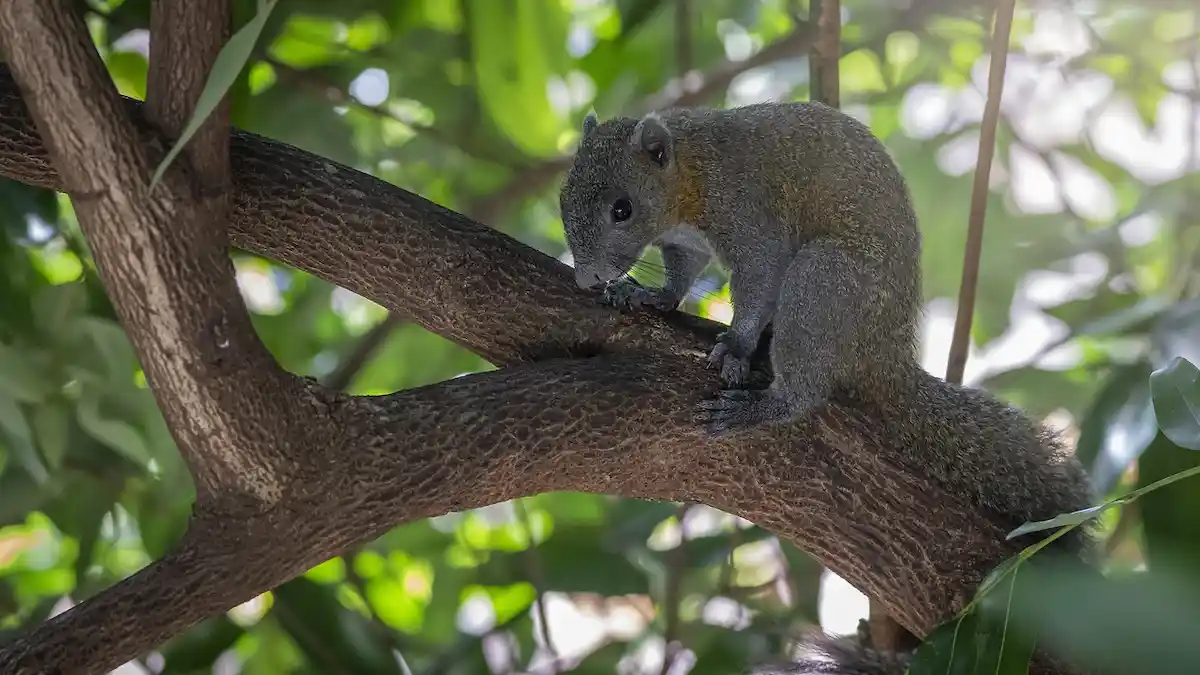Our planet is a haven of life, hosting a vast array of species, ecosystems, and natural wonders.
Yet, not all regions are created equal when it comes to biodiversity. Some areas, known as biodiversity hotspots, are incredibly rich in species diversity but also highly threatened.
In this article, we’ll embark on a journey to explore some of the major biodiversity hotspots in both India and the world, delving into their ecological significance, the unique species they harbor, and the challenges they face.
What are Biodiversity Hotspots?
Biodiversity hotspots are regions characterized by exceptional levels of biological diversity, both in terms of species richness and endemism (species found nowhere else).
These areas are often teeming with unique and rare life forms, making them of paramount importance for conservation efforts.
To be recognized as a biodiversity hotspot, a region must meet two primary criteria:
- High Species Richness: The hotspot must contain a significant number of species, usually exceeding 1,500 vascular plant species as endemism or more than 0.5% of the world’s total plant species.
- High Habitat Loss: The hotspot must have experienced a substantial loss of its original habitat, typically 70% or more, primarily due to human activities.
Biodiversity Hotspots in India
Western Ghats
This lush mountain range along India’s western coast is a biodiversity hotspot par excellence.
It is home to an astonishing variety of flora and fauna, including over 5,000 flowering plant species, 139 mammals, 508 birds, and numerous amphibians, reptiles, and insects.
The Western Ghats are particularly famous for their endemic species, such as the lion-tailed macaque, Malabar civet, and various frog species.
However, this hotspot faces severe threats due to habitat loss, deforestation, and urbanization.
Eastern Himalayas
Stretching across northeastern India, Bhutan, and parts of Nepal, the Eastern Himalayas are renowned for their extraordinary biological richness.
They encompass diverse habitats, from subtropical forests to alpine meadows. Iconic species like the Bengal tiger, red panda, and Indian rhinoceros find refuge here.
The region is also a hotspot for plant diversity, with over 5,160 species. Nevertheless, habitat degradation, poaching, and climate change pose significant challenges.
Indo-Burma
Encompassing parts of northeastern India, Myanmar, Laos, Thailand, and southwestern China, the Indo-Burma hotspot boasts exceptional biodiversity, including over 13,500 plant species and numerous endemic animals.
The Irrawaddy dolphin, Burmese python, and saola are some of the region’s unique inhabitants. Yet, rapid deforestation, illegal wildlife trade, and infrastructure development threaten this hotspot’s integrity.
Global Biodiversity Hotspots
- Amazon Rainforest (South America): Often referred to as the “lungs of the Earth,” the Amazon rainforest is the world’s largest tropical rainforest and home to approximately 10% of all known species. It encompasses diverse ecosystems, from dense jungles to vast river systems. Iconic species like jaguars, harpy eagles, and pink river dolphins inhabit this biodiversity treasure. However, rampant deforestation, illegal logging, and agricultural expansion pose severe threats to the Amazon’s biodiversity.
- Congo Basin (Africa): The Congo Basin, located in central Africa, is the second-largest rainforest in the world, after the Amazon. It harbors unique species like mountain gorillas, forest elephants, and okapis. However, deforestation, habitat fragmentation, and poaching challenge the survival of these species.
- Madagascar (Indian Ocean): Separated from the African mainland around 88 million years ago, Madagascar is a biodiversity hotspot like no other. It boasts a remarkable array of endemic species, including lemurs, chameleons, and baobab trees. The island’s isolation has led to the evolution of distinct and often bizarre life forms. Unfortunately, habitat destruction, primarily through slash-and-burn agriculture, threatens this hotspot’s unique biodiversity.
- Mesoamerica (Central America): Encompassing southern Mexico, Central America, and parts of northern South America, the Mesoamerican hotspot is a biological treasure trove. It is home to iconic species like the jaguar, quetzal, and howler monkey. However, urbanisation, agricultural expansion, and illegal logging pose significant threats to the region’s natural wonders.
Conservation Efforts and Challenges
Efforts to protect biodiversity hotspots are crucial for preserving Earth’s unique life forms. Conservation strategies include:
- Protected Areas: Establishing and maintaining protected areas, such as national parks and reserves, to safeguard critical habitats and restrict human activities that threaten biodiversity.
- Habitat Restoration: Rehabilitating degraded habitats and reforestation efforts to restore ecosystems that have been impacted by deforestation and habitat loss.
- Community-Based Conservation: Engaging local communities in conservation efforts, promoting sustainable land use practices, and providing incentives for preserving biodiversity.
- Research and Monitoring: Conducting scientific research to better understand hotspot ecosystems, monitor species populations, and assess the impact of conservation initiatives.
- International Collaboration: Promoting international cooperation to address transboundary conservation challenges and combat issues like illegal wildlife trade.
Challenges to biodiversity hotspot conservation include:
- Human Population Pressure: Rapid human population growth in hotspot regions often leads to increased resource consumption, habitat destruction, and fragmentation.
- Climate Change: Rising temperatures, altered rainfall patterns, and extreme weather events associated with climate change can disrupt ecosystems and threaten species’ survival.
- Illegal Activities: Illegal logging, poaching, and the wildlife trade continue to decimate biodiversity in many hotspots.
- Limited Resources: Conservation efforts often face resource constraints, making it challenging to implement effective protection measures.
Conclusion
Biodiversity hotspots are Earth’s ecological jewels, teeming with life forms found nowhere else on the planet.
They serve as irreplaceable reservoirs of biodiversity and play a vital role in ecological balance, ecosystem services, and scientific discovery.
However, they are under constant threat from human activities, habitat loss, and climate change.
Efforts to protect and preserve these hotspots are paramount for safeguarding Earth’s natural heritage.
By supporting conservation initiatives, promoting sustainable practices, and raising awareness about the importance of biodiversity, we can contribute to the ongoing effort to protect these remarkable regions and the extraordinary life they harbor.
Biodiversity hotspots are not just treasures of life; they are essential to the health and well-being of our planet and all its inhabitants.
